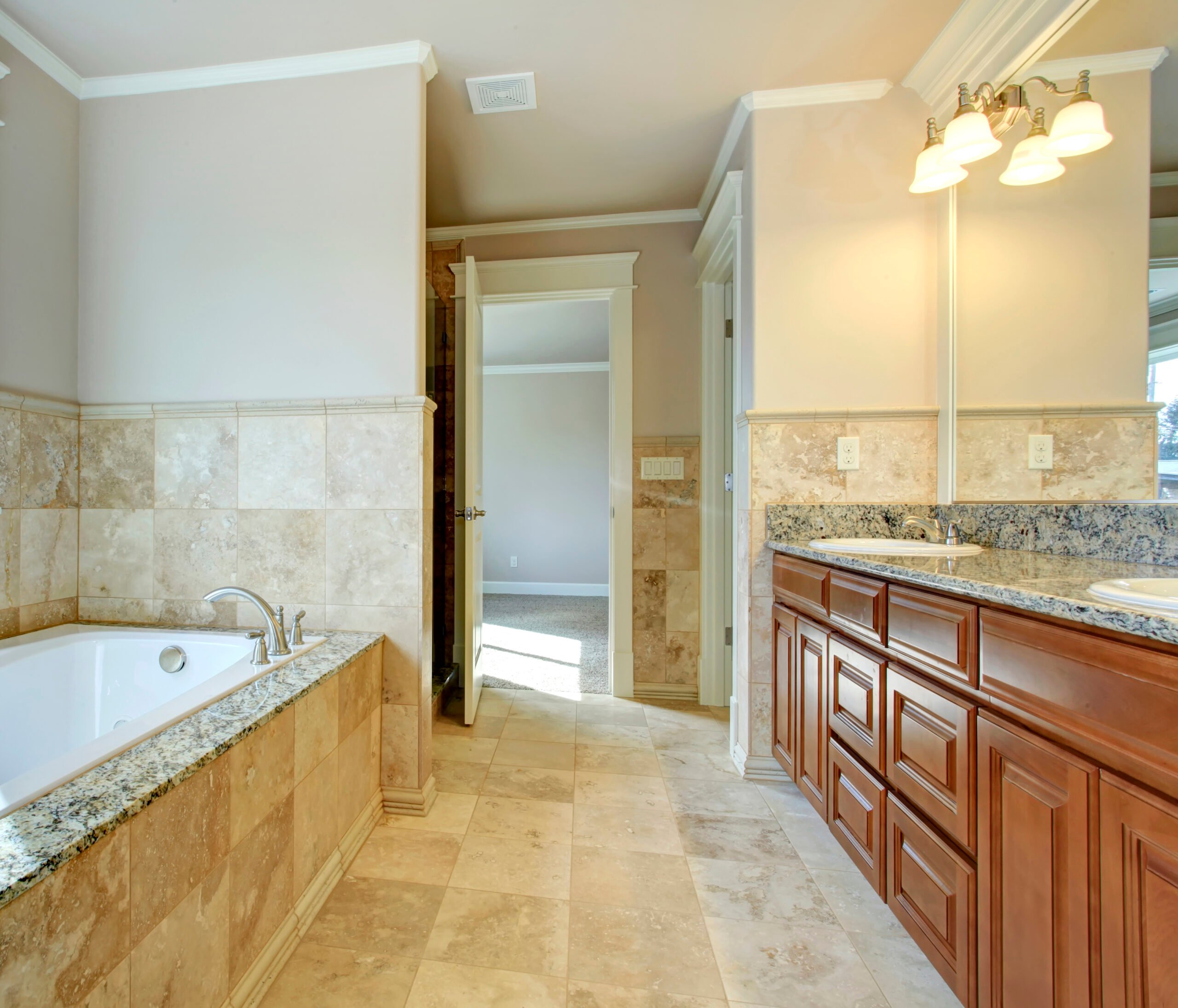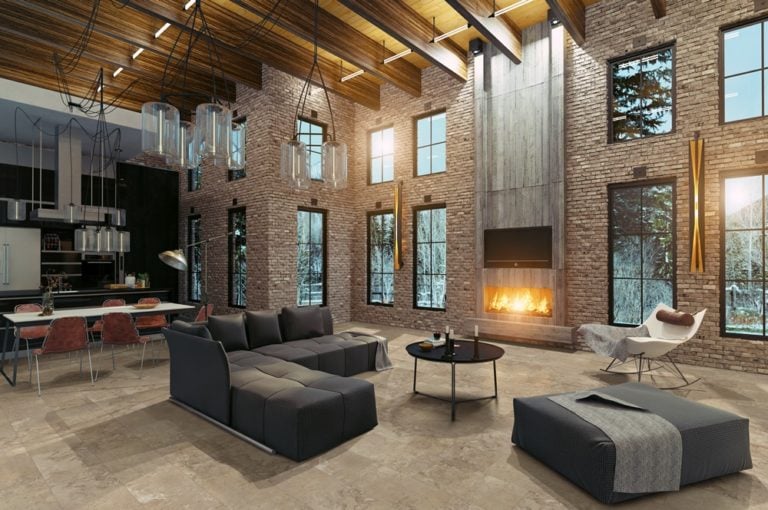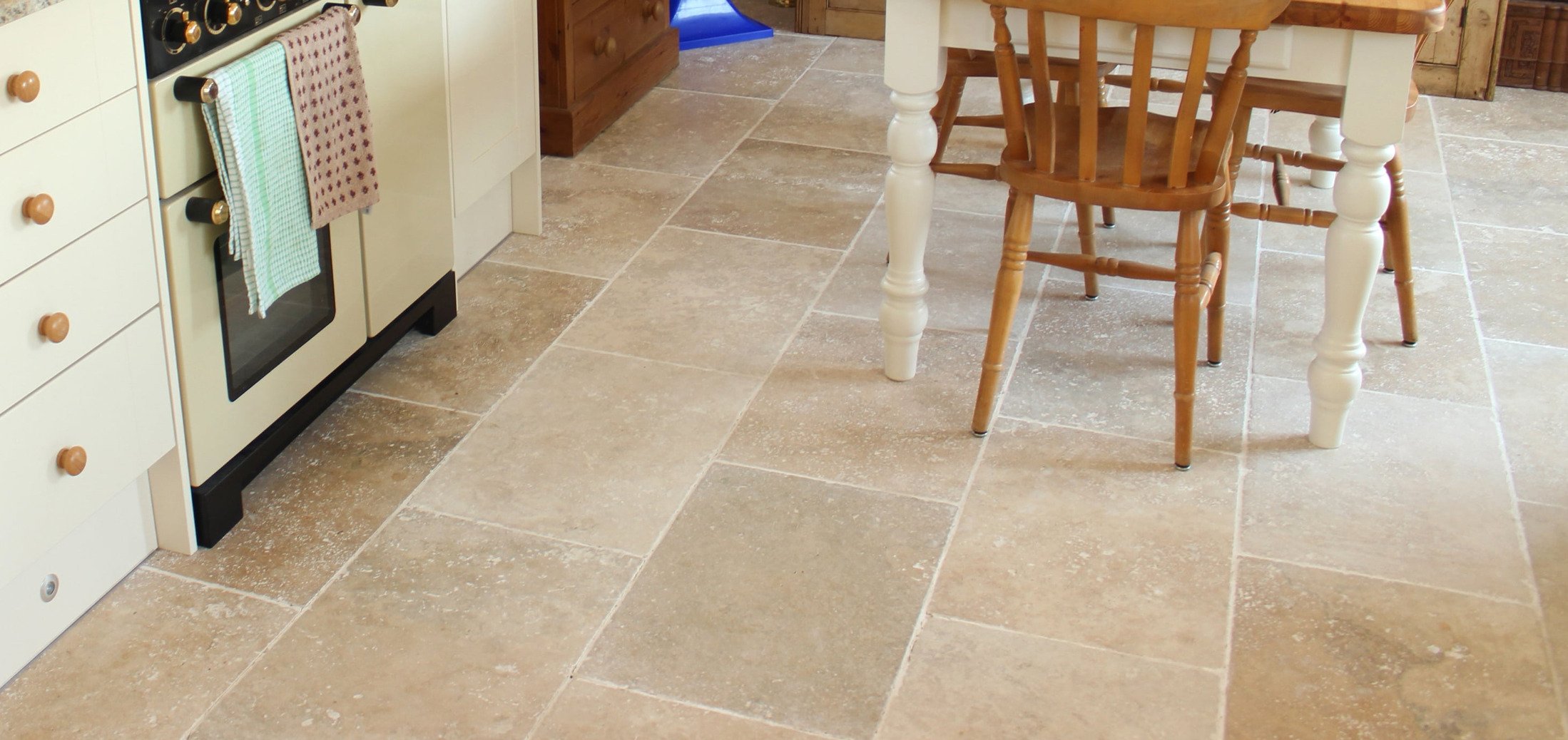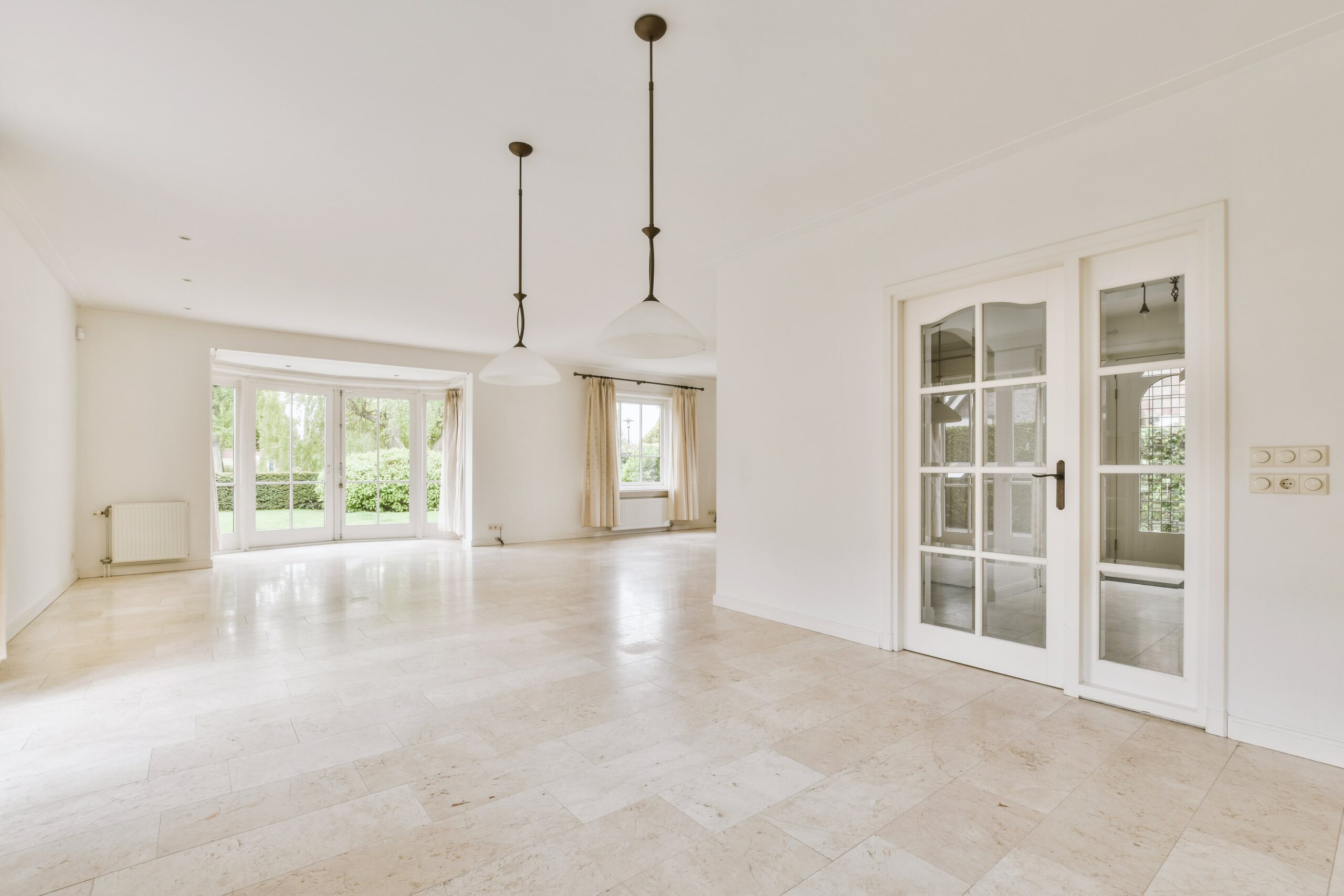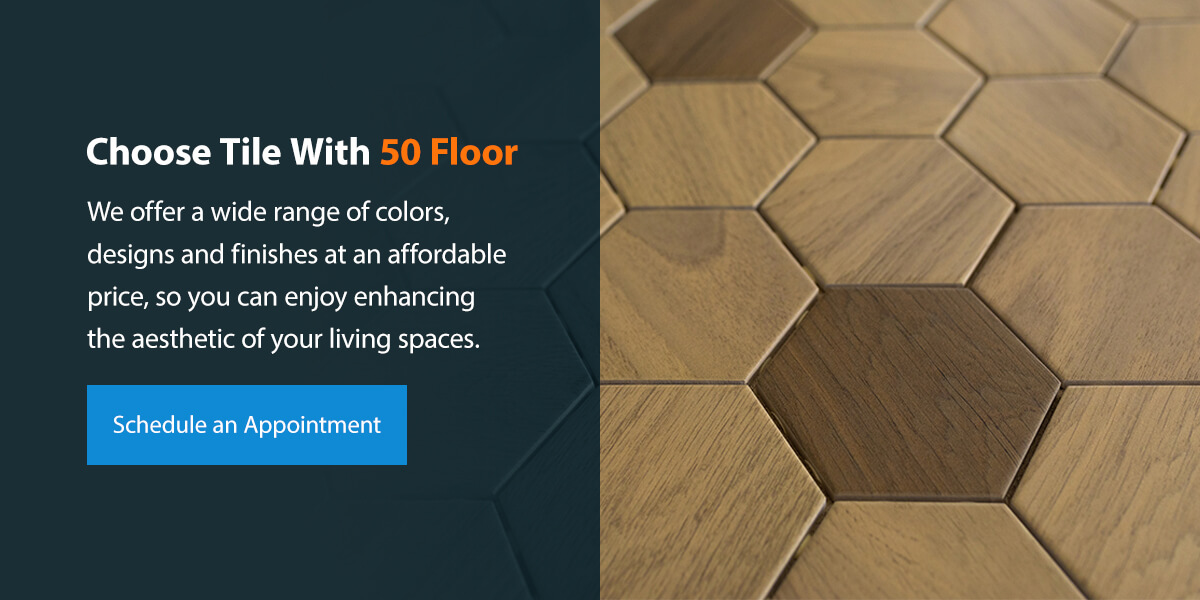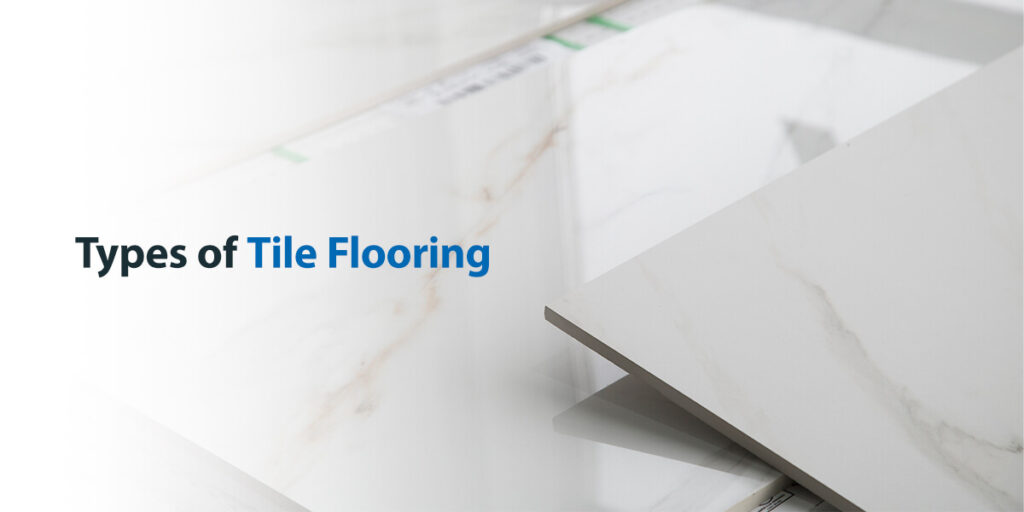

Differences in Tile Types
Luxury vinyl tile’s ability to replicate natural materials such as stone and wood has made it the most popular choice for new flooring projects. Besides offering enhanced aesthetics and higher performance levels, LVT costs significantly less than ceramic or porcelain options. All three types of flooring require relatively similar types of care.
Although ceramic and porcelain can last up to a century when taken care of properly, they are more susceptible to damage, which can be very costly to repair or replace. Also, in addition to being prone to cracking, the grouting in ceramic tile can wear down over time, affecting appearance and performance. While ceramic, porcelain and LVT are all water-resistant, LVT ranks slightly higher in effectiveness.
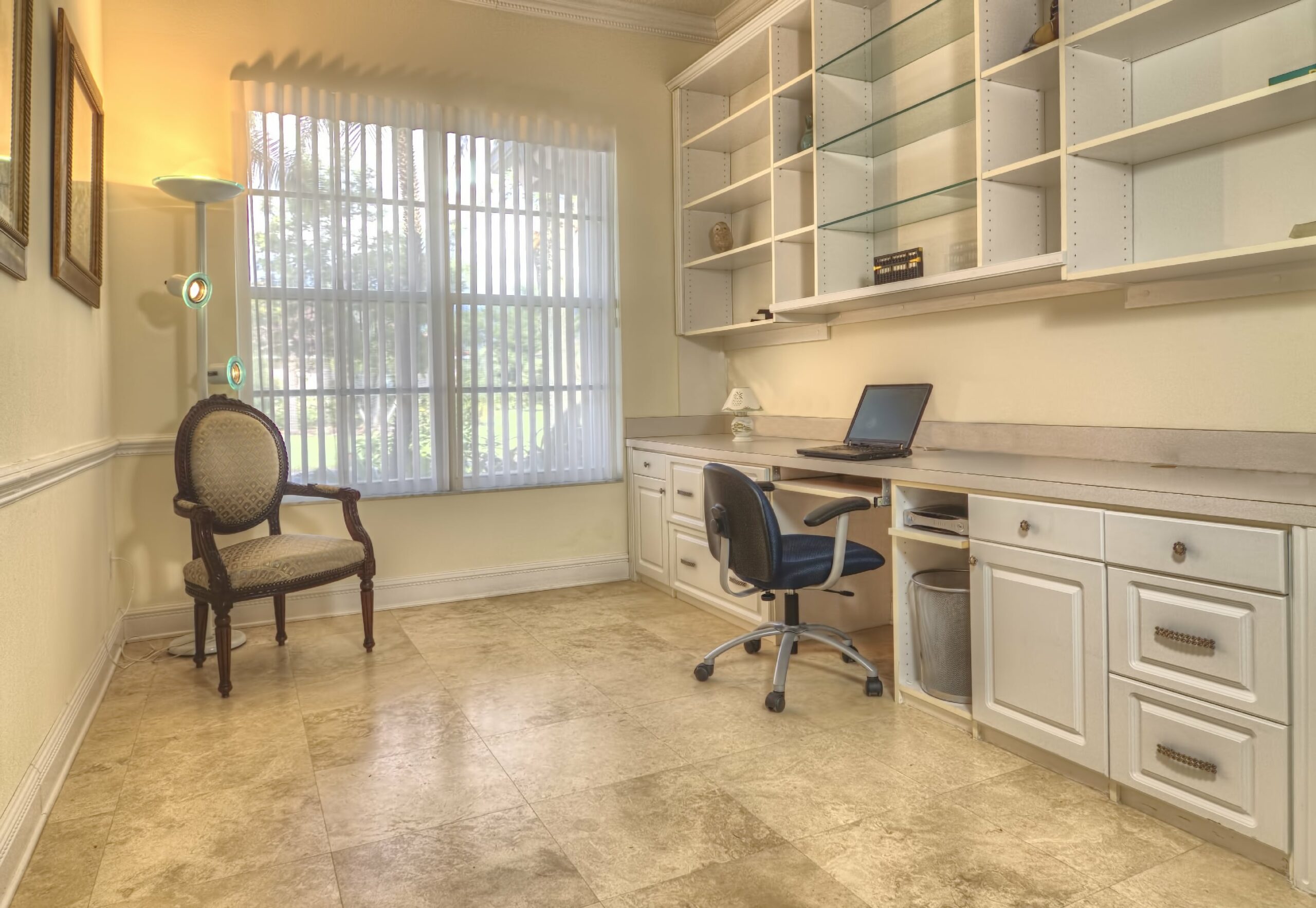

What Type of Tile Floor Should You Choose?
50Floor offers LVT exclusively because of its many benefits over ceramic and porcelain options, particularly the value it offers for homeowners. In addition to providing significantly faster installation times, LVT requires no special tools or grouting materials to install. Trimming and cutting LVT materials produces less mess, as ceramic and porcelain tiles create excessive dust when trimming to size.
Despite its incredible affordability, LVT comes in a broader selection of patterns and colors than conventional tile. This range lets you choose an LVT color that complements your space’s existing decor and lighting, enhances its overall aesthetics, and makes it look larger or smaller, depending on your style preferences. Luxury vinyl tile designs can also blend well with nearly any home architecture or furniture scheme.
